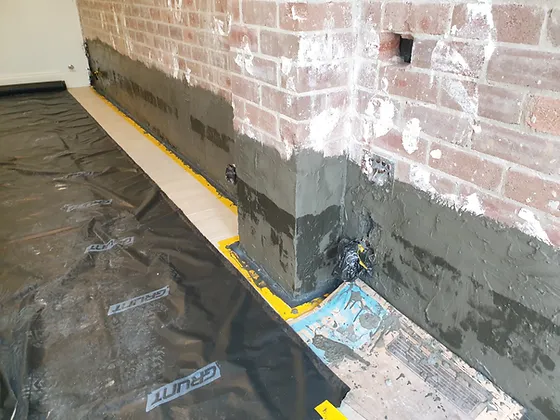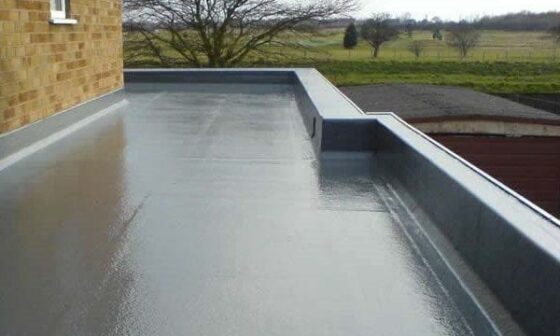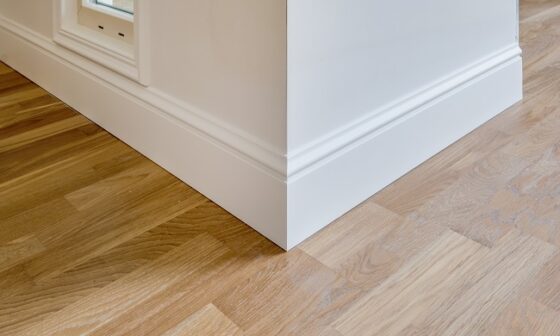
Basement tanking is a crucial process that involves waterproofing your basement to prevent moisture infiltration and flooding.
This technique not only safeguards your property but also allows you to convert your basement into functional living spaces like a bedroom, home office, or entertainment room.
what is basement tanking systems?
Tanking a basement refers to the process of making your basement watertight and damp-proof. It involves applying various waterproofing techniques to protect the underground space from groundwater seepage and dampness.
This enables you to use the basement for different purposes without worrying about moisture-related issues.
The Benefits of Tanking a Basement
Tanking your basement offers numerous advantages, making it a worthwhile investment for homeowners:
1. Enhanced Living Space
Tanking transforms your basement into a usable living area, increasing your property’s square footage and potential resale value.
2. Moisture Control
Prevents dampness and water damage, ensuring a dry and comfortable environment in your basement.
3. Protection from Flooding
Minimizes the risk of basement flooding during heavy rains or water table fluctuations.
4. Energy Efficiency
Properly tanked basements are more energy-efficient, as they help maintain consistent indoor temperatures.
5. Reduced Maintenance
Less moisture means fewer maintenance issues and potential structural damage, saving you money in the long run.
Understanding the Tanking Process
To tank a basement effectively, you’ll need to follow a series of steps:
1. Basement Assessment
Begin by assessing the current condition of your basement, identifying any existing moisture issues or damage.
2. Waterproofing Materials
Select appropriate waterproofing materials, such as membranes, coatings, or cementitious products, depending on your basement’s specific needs.
3. Surface Preparation
Prepare the basement walls and floor by cleaning and repairing any cracks or defects. This ensures proper adhesion of waterproofing materials.
4. Application
Apply the chosen waterproofing materials following the manufacturer’s instructions. Multiple layers may be required for optimal protection.
5. Drainage
Install an effective drainage system, such as sump pumps and French drains, to redirect any water away from the basement.
6. Finishing
Once the tanking process is complete, you can finish your basement with insulation, drywall, and flooring to create a comfortable living space.
Optimal Waterproofing Materials for Basement Tanking
Here are some of the commonly used waterproofing materials for tanking:
- Cementitious Waterproofing:
- Description: This method involves using a cement-based mixture that is applied directly to the basement walls and floors.
- Advantages: It forms a strong bond with concrete surfaces and provides excellent resistance to water penetration. It’s suitable for both new construction and retrofitting existing basements.
- Considerations: Proper surface preparation and application techniques are essential for its effectiveness.
- Bituminous Coating:
- Description: Bituminous coatings are asphalt-based and provide a durable waterproofing layer.
- Advantages: They are resistant to UV radiation and can be applied to various surfaces. They are often used for exterior basement waterproofing.
- Considerations: Bituminous coatings can become brittle over time, so they may require maintenance.
- Cavity Drain Membranes:
- Description: Cavity drain membranes create a gap between the basement wall and the internal waterproofing layer, allowing water to flow to a drainage system.
- Advantages: They are versatile and can adapt to uneven surfaces. They are particularly effective in managing water ingress.
- Considerations: A reliable drainage system is essential for this method to work effectively.
- Liquid Applied Membranes:
- Description: Liquid-applied membranes are typically made of polymer-based materials that are sprayed or brushed onto the basement surfaces.
- Advantages: They offer seamless coverage and can be applied to various surfaces, including walls and floors.
- Considerations: Proper application and curing time are critical for their effectiveness.
- Polymer-Based Waterproofing:
- Description: Polymer-based waterproofing materials, such as epoxy and polyurethane coatings, create a flexible and impermeable barrier.
- Advantages: They are highly resistant to chemical exposure and provide long-lasting protection.
- Considerations: These materials may be more suitable for specific applications, and professional installation is recommended.
- Sodium Bentonite:
- Description: Sodium bentonite is a natural clay material that swells when in contact with water, creating a tight seal.
- Advantages: It’s eco-friendly and can be an effective choice for certain soil conditions.
- Considerations: Proper compaction and installation are essential for its effectiveness.
- Fibre-Reinforced Waterproofing:
- Description: Fibre-reinforced waterproofing systems combine cementitious materials with fibres to create a robust barrier.
- Advantages: They offer increased strength and crack resistance.
- Considerations: These systems may require professional installation and attention to detail.
Is tanking a basement a DIY project?
Tanking a basement is a complex process that often requires professional expertise. While some small-scale projects may be suitable for DIY enthusiasts, it’s advisable to consult with experts for larger or more intricate basement tanking jobs.
How long does the tanking process take?
The duration of the tanking process can vary depending on several factors, including the size and condition of your basement, as well as the specific waterproofing methods being used. On average, a basement tanking project may take several weeks to complete.
Is tanking a basement a cost-effective home improvement?
Yes, tanking a basement is a cost-effective way to increase your living space and property value. The investment typically pays off in the long run through improved functionality and reduced maintenance costs.
How much does basement tanking cost in the UK?
The cost of tanking a basement can vary significantly depending on several factors, including the size and condition of the basement, the chosen waterproofing materials and techniques, and the location of the property.
On average, you can expect to invest anywhere from £1,000 to £5,000 or more for a basic basement tanking project.
However, for larger or more complex projects, the cost can range from £10,000 to £20,000 or even higher.



